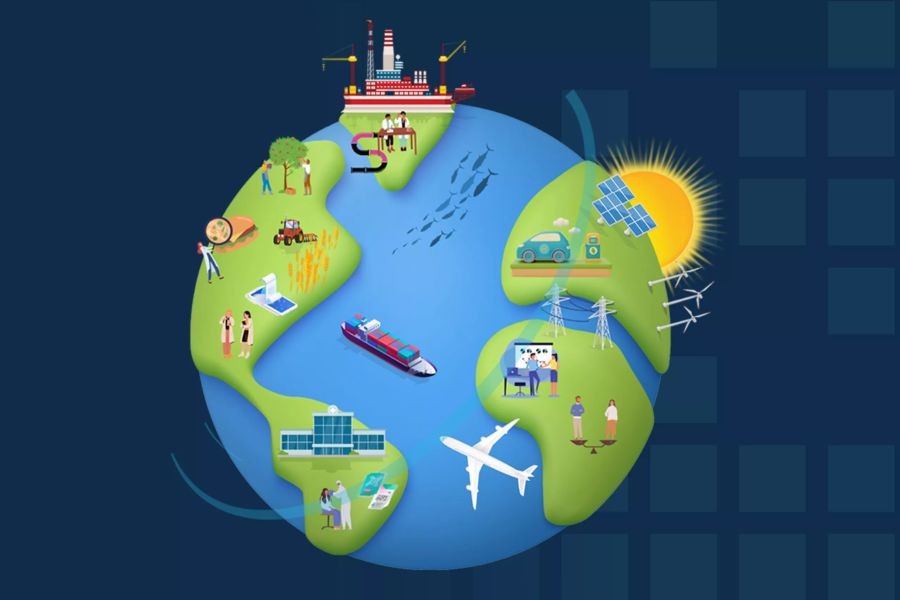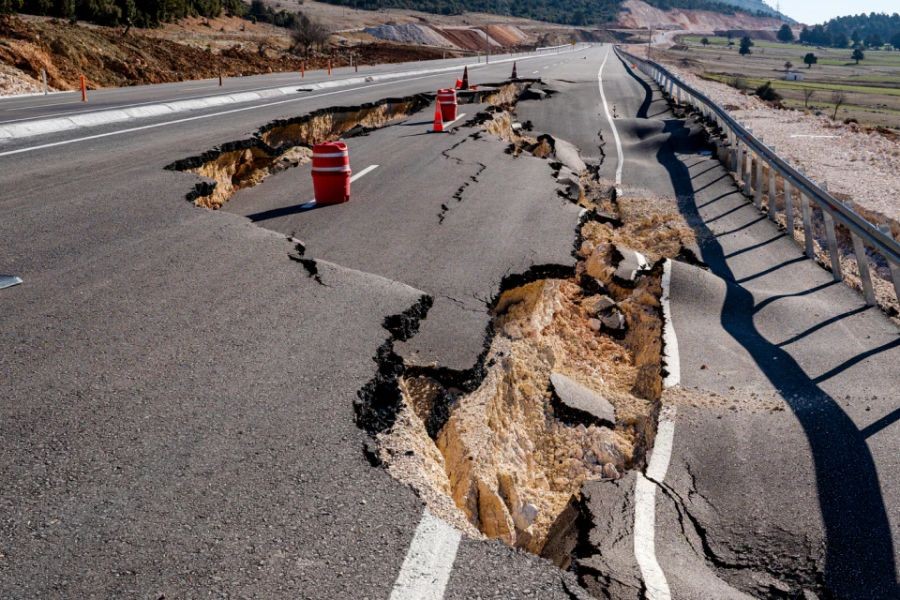In the realm of driving, countries often exhibit unique characteristics that set them apart. New Zealand and the United States, despite sharing a love for road trips and scenic routes, have striking differences in their driving cultures, policies, and practices. Understanding these differences not only enhances the driving experience but also offers insights into broader cultural and economic dynamics in both countries. As an innovation consultant, exploring these contrasts can reveal opportunities for industry advancements and policy innovations in New Zealand.
Driving in New Zealand: A Unique Perspective
New Zealand is renowned for its breathtaking landscapes, and driving is a popular way to explore the country. However, driving in New Zealand comes with its own set of challenges and regulations that reflect the country's unique geography and societal values.
Pros of Driving in New Zealand
- Scenic Routes: New Zealand offers some of the most picturesque drives in the world, from the coastal roads of the South Island to the geothermal landscapes of the North Island.
- Strict Road Safety Laws: New Zealand has stringent rules around drink-driving and speed limits, contributing to safer road conditions.
- Adventure Opportunities: The country's diverse terrain allows for a variety of driving experiences, from off-road adventures to leisurely coastal drives.
Cons of Driving in New Zealand
- Challenging Terrain: Narrow, winding roads and sudden weather changes can pose challenges even for experienced drivers.
- High Vehicle Costs: According to Stats NZ, the cost of owning and maintaining a vehicle in New Zealand is higher compared to many other countries, impacting affordability.
- Limited Public Transport: In rural areas, the lack of robust public transportation means driving is often the only option.
Driving in the US: A Different Landscape
The United States, with its vast highway networks and diverse driving environments, presents a different set of driving dynamics. Here, the cultural emphasis on driving is deeply rooted, and the automotive industry plays a significant role in the economy.
Pros of Driving in the US
- Extensive Road Network: The US boasts one of the largest and most developed road systems, providing easy access to most regions.
- Variety of Driving Conditions: From the sunny highways of California to the snowy roads of Alaska, drivers can experience diverse driving conditions.
- Competitive Automotive Market: A wide range of vehicle options at competitive prices due to the robust automotive industry.
Cons of Driving in the US
- High Traffic Congestion: Major cities like Los Angeles and New York face significant traffic issues, leading to longer commute times.
- Inconsistent Driving Laws: Each state has its own driving laws, which can be confusing for those traveling across state lines.
- Environmental Impact: The US has one of the highest per capita carbon footprints due to its reliance on automobiles.
New Zealand's Driving Innovations and Policies
New Zealand has been proactive in implementing policies to enhance road safety and environmental sustainability. The Ministry of Business, Innovation and Employment (MBIE) has been instrumental in advocating for electric vehicle adoption to reduce the carbon footprint. According to a report by the Reserve Bank of New Zealand, the country aims to have 64,000 electric vehicles on the road by 2025, aligning with global sustainability goals.
Case Study: Electric Vehicles in New Zealand
Problem: New Zealand faced challenges in reducing its carbon emissions from transportation.
Action: The government introduced incentives for electric vehicle (EV) purchases, including exemptions from road user charges and subsidies.
Result: As of 2023, the number of registered EVs increased by 150%, significantly contributing to the reduction of national carbon emissions.
Takeaway: New Zealand's approach to promoting EVs demonstrates the potential for policy-driven sustainability initiatives to influence industry trends and consumer behavior.
Contrasting Views: Driving Cultures in New Zealand vs. The US
The driving cultures in New Zealand and the US differ not just in terms of regulations but also in societal attitudes. In New Zealand, there is a strong emphasis on environmental consciousness and safety, whereas the US often prioritizes convenience and speed.
Pros of New Zealand's Approach
- Environmental sustainability through the promotion of EVs.
- Improved road safety due to stricter regulations.
Cons of New Zealand's Approach
- Higher costs associated with vehicle ownership.
- Limited infrastructure in rural areas affecting accessibility.
Pros of the US Approach
- Extensive road networks facilitating long-distance travel.
- Competitive automotive market offering a variety of vehicles.
Cons of the US Approach
- Environmental concerns due to high vehicle emissions.
- Inconsistent driving laws across states.
Future Trends in Driving
The future of driving is set to evolve with technological advancements and policy changes. In New Zealand, the focus will likely remain on sustainability and safety. Emerging technologies like autonomous vehicles and smart road systems are expected to revolutionize the driving experience, offering enhanced safety and efficiency.
According to Deloitte's 2024 report, by 2030, autonomous vehicles could account for 20% of all vehicles on New Zealand's roads, drastically reducing traffic accidents and emissions. This shift presents an opportunity for innovation consultants to explore new business models and services in the automotive industry.
Conclusion
Driving in New Zealand and the US offers a fascinating glimpse into how cultural and economic factors shape transportation practices. For innovation consultants, understanding these dynamics is crucial for identifying opportunities in automotive technology, policy-making, and sustainability initiatives.
As New Zealand continues to prioritize safety and sustainability, the US's focus on convenience and market competition provides a contrasting perspective that can inform policy and industry innovations. By leveraging these insights, businesses and policymakers in New Zealand can navigate the future of driving with strategic foresight and innovation.
People Also Ask (FAQ)
- How does driving in New Zealand differ from the US? New Zealand focuses on road safety and environmental sustainability, while the US emphasizes convenience and market competition.
- What are the biggest challenges of driving in New Zealand? The challenging terrain and high vehicle costs are significant hurdles for drivers in New Zealand.
- What are the future trends in driving for New Zealand? Autonomous vehicles and smart road systems are expected to revolutionize the driving landscape by 2030.
Related Search Queries
- Driving rules in New Zealand vs. US
- Electric vehicles in New Zealand
- New Zealand road safety laws
- US driving culture
- Future of autonomous vehicles in New Zealand
- Environmental impact of driving in US
- US vs. NZ driving license requirements
- Car ownership costs in New Zealand
- Traffic congestion in US cities
- New Zealand driving innovations

































arnoldducane5
4 months ago